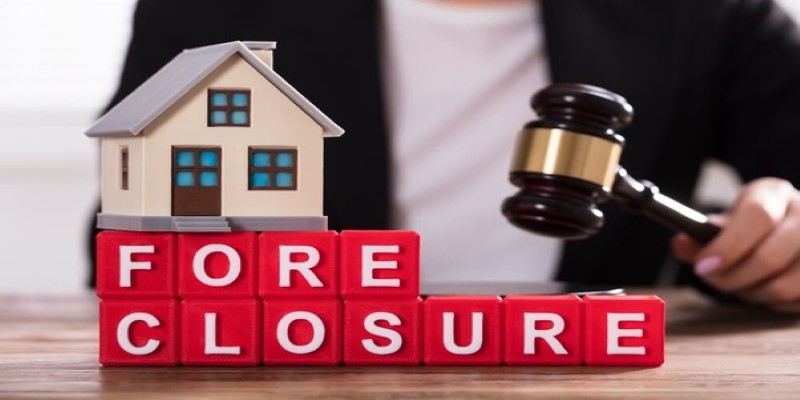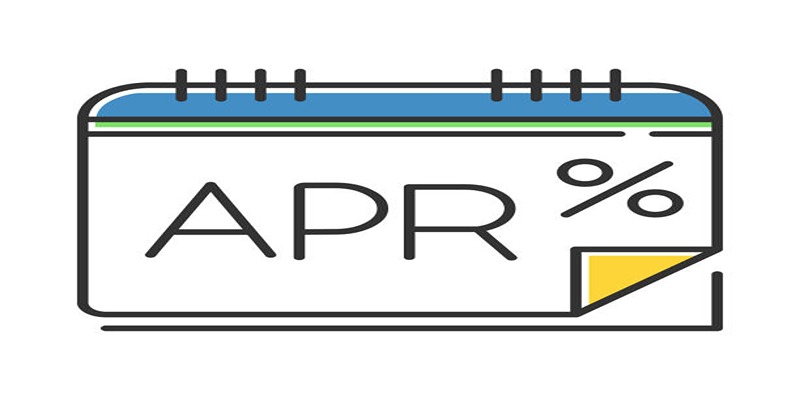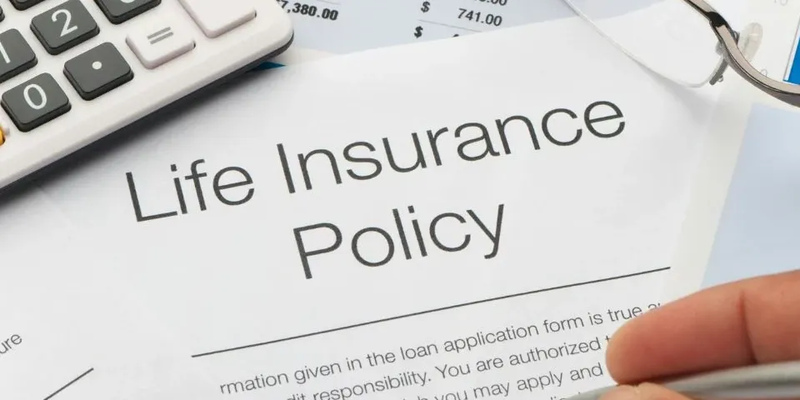Foreclosure Survival Guide: Tips and Insights for Homeowners
Foreclosure is a term you might have heard when discussing real estate or financial matters. But what exactly does it mean? In simple terms, foreclosure refers to the legal process by which a lender takes possession of a property when the borrower fails to make agreed-upon mortgage payments. This article aims to provide a comprehensive understanding of foreclosure properties, covering the process, variations by state, timelines involved, and potential ways to avoid foreclosure.
What Is Foreclosure?
Foreclosure is a legal action initiated by a lender, typically a bank or mortgage company, to reclaim a property from a borrower who has failed to make mortgage payments. When borrowers miss several payments, they become delinquent, and the lender may begin foreclosure. This procedure includes several steps, such as informing the borrower, issuing public notices, and eventually selling the property to recover the unpaid debt.
The property subject to foreclosure can vary widely, ranging from single-family homes to condominiums, townhouses, and commercial properties. Regardless of the property type, the f foreclosure process follows a similar pattern, although specific procedures may vary depending on state laws and regulations.
The Foreclosure Process Varies by State

One important aspect to understand about foreclosure is that the process can differ significantly from one state to another. Each state has laws and regulations governing foreclosure proceedings, including the timeline and specific requirements for notification and sale.
In some states, foreclosure is primarily conducted through the court system, known as judicial foreclosure. This means the lender must file a lawsuit against the borrower to obtain a court order to foreclose on the property. Other states follow non-judicial foreclosure procedures, where the lender can foreclose on the property without court involvement, following specific guidelines outlined in state law.
Certain steps are typically involved regardless of whether the foreclosure process is judicial or non-judicial. These may include:
Notice of Default: The lender notifies the borrower that they are in default on their mortgage payments, typically after several missed payments.
Public Notice: The lender publishes a notice of foreclosure sale, alerting the public of the impending auction or sale of the property.
Auction or Sale: The property is sold at a public auction to the highest bidder, often conducted by a trustee or sheriff's office.
Redemption Period: After the sale, certain states offer a redemption period, granting the borrower an opportunity to regain ownership by settling the remaining debt.
How Long Does Foreclosure Take?
The timeline for foreclosure can vary based on several factors, such as where the property is located, the type of foreclosure process being used (judicial or non-judicial), and any legal or procedural delays that may occur.
Generally, foreclosure proceedings can take several months to over a year to complete. In states where judicial foreclosure is the norm, the process tends to be longer due to the involvement of the court system and legal proceedings. This means that there are more steps involved, including court hearings and judgments, which can extend the timeline significantly.
On the other hand, non-judicial foreclosure, common in some states, often follows a more streamlined process outlined by state law. This typically results in a quicker foreclosure since the court system is less involved. However, even in non-judicial foreclosures, the timeline can still vary depending on state laws' specific requirements and procedures.
Can You Avoid Foreclosure?
Facing foreclosure can indeed be a frightening prospect, but there are strategies that homeowners can pursue to potentially avoid losing their homes. Let's delve into these options:
Loan Modification
This strategy entails collaborating directly with the lender to negotiate adjustments to the mortgage terms. Through this process, borrowers can seek modifications to various elements, including the interest rate, repayment period, or loan principal. By implementing these changes, homeowners may find their monthly payments more affordable, offering substantial relief, particularly to those encountering financial challenges or unforeseen shifts in income.
Forbearance

Forbearance allows homeowners to temporarily pause or reduce their mortgage payments for a specified period. This option is often available to individuals facing short-term financial challenges, such as job loss or medical emergencies. During the forbearance period, homeowners can focus on stabilizing their finances without the immediate pressure of making full mortgage payments. However, it's essential to understand that the missed payments will typically need to be repaid later, either through a lump sum or by adjusting future payment schedules.
Short Sale
In a short sale, the homeowner sells the property for less than the mortgage's outstanding balance with the lender's approval. While this may result in a loss for the lender, it can be preferable to foreclosure. Short sales allow homeowners to avoid foreclosure's lengthy and often damaging effects on their credit history. Additionally, some lenders may offer incentives or assistance to facilitate the short sale process.
Deed instead of Foreclosure
In a deed, instead of a foreclosure agreement, the homeowner transfers the property ownership back to the lender to settle the debt voluntarily. This option is advantageous for both parties, as it enables the homeowner to evade foreclosure while offering the lender a faster resolution. However, lenders often necessitate that homeowners show they've explored alternative options and cannot fulfill their mortgage obligations before consenting to a deed instead of a foreclosure arrangement.
Wrapping It Up!
Foreclosure is a complex process with varying timelines and legal procedures. By understanding the options available and seeking assistance when needed, homeowners can potentially avoid the devastating consequences of foreclosure. Whether through loan modification, forbearance, short sale, or deed instead of foreclosure, exploring these avenues can provide a path to financial stability and homeownership preservation.
Borrowers must take proactive steps, seek professional guidance, and stay informed. With diligence and determination, homeowners can navigate the challenges of foreclosure and
secure a brighter future for themselves and their families.












